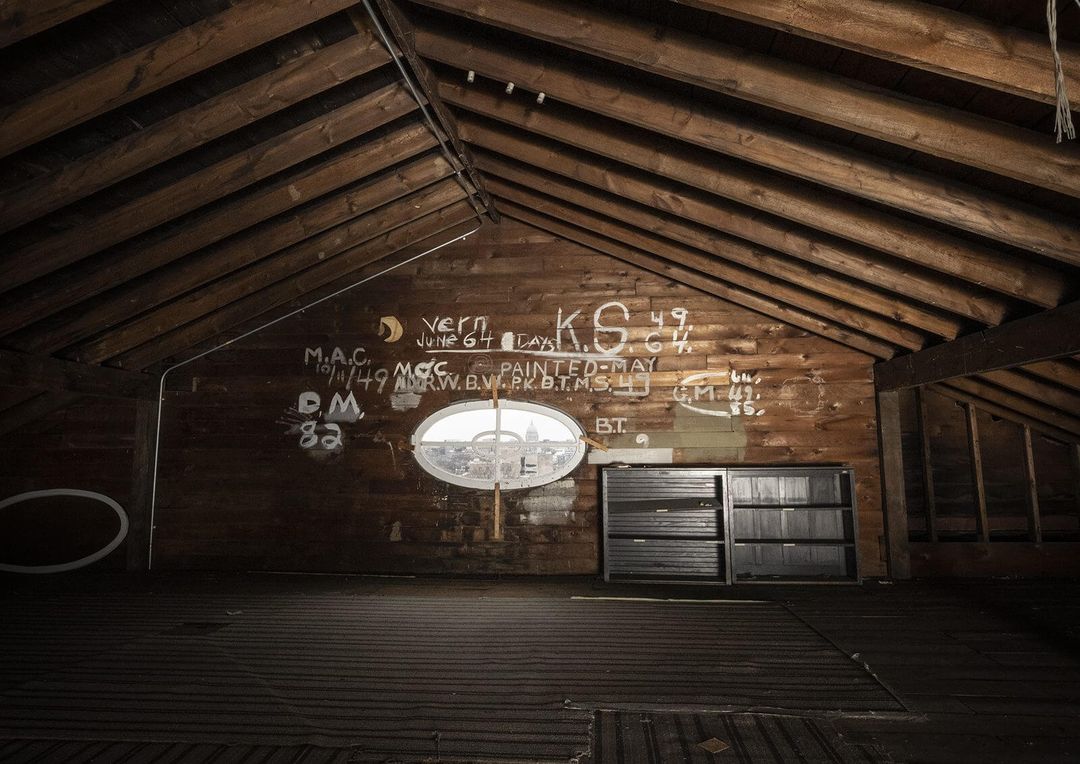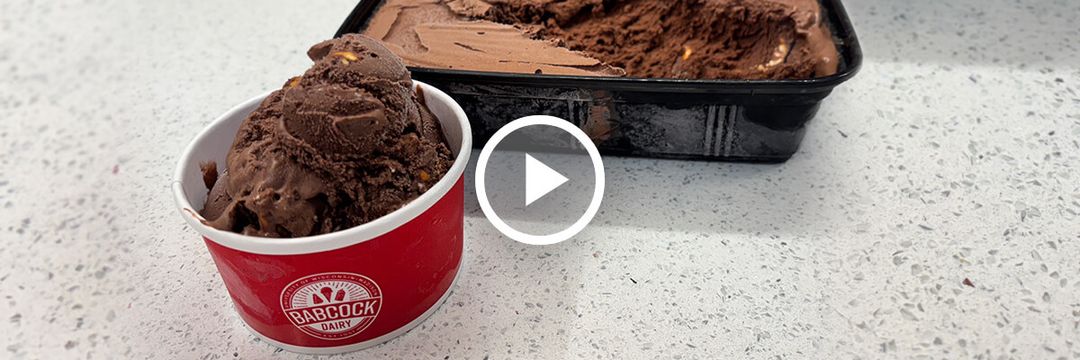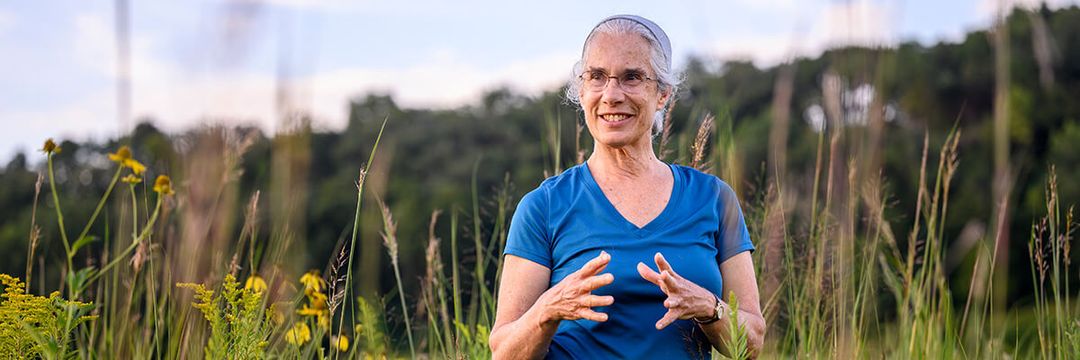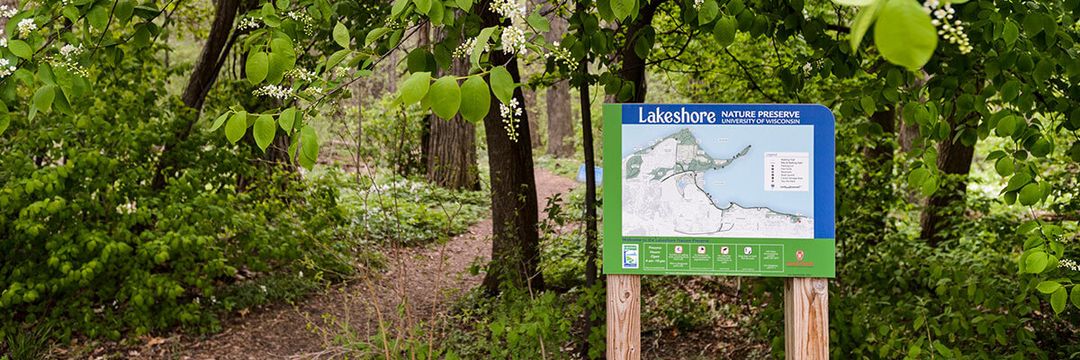On the west side of campus, tucked between the vast complex of the UW Hospital and Clinics and the high-tech buzz of the Biotron and the West Campus Cogeneration Facility, sits the collected intelligence of the American forest industry. The U.S. Department of Agriculture’s Forest Products Lab (FPL), founded in 1910, boasts that it’s the nation’s only federally funded wood-utilization research laboratory.
If you think that’s just an effort to make lumber sound esoteric, we can put things in more accessible terms: the FPL’s research has helped improve the safety of baseball bats, and it ensured that the adhesives used on postage stamps are compatible with recycling. After rioters damaged the U.S. Capitol on January 6, 2021, the FPL provided material to restore that national landmark, and when Bruno Hauptmann was on trial for kidnapping and murdering Charles Lindbergh x1924’s baby, FPL scientists provided critical forensic evidence.
At the lab, they know just about everything about things made from trees.
This is a lot for one lab to do, but then the FPL has 136 full-time employees, including 50 scientists — and, though it’s called a lab in the singular, it actually contains several facilities, including:
The Wood-Based Biorefinery Products to Sustainable Packaging Initiative
For more than a century, since the days of wooden crates, FPL’s scientists have been studying ways to make better bags, boxes, containers, and envelopes.
The Center for Wood Anatomy Research
The world’s largest collection of wood resides at the Center for Wood Anatomy Research. Its xylarium (wood research collection) contains 103,000 samples, helping scientists increase their understanding of the botany, structure, and properties of wood from every known tree.
The CARWASh
How do you know that a building’s walls can withstand a storm? Try the material out in the CARWASh: the Chamber for Analytic Research on Wall Assemblies Exposed to Simulated Weather. The CARWASh creates realistic simulations of wind and rain — and it can be programmed to abuse experimental walls with any kind of weather for weeks or even months.
The Fire Test Lab
As a building material, wood’s great vulnerability is that it burns. FPL’s fire science team has a lab to simulate and quantify the fire environment.
The Engineering Mechanics and Remote Sensing Laboratory
In this lab, FPL scientists conduct physical and mechanical tests on materials, building systems, and structures, from houses to apartments to businesses to transport hubs. Results help governments develop building codes and design requirements.
The Fiber Processing Pilot Plant
This 45,000-square-foot facility serves as a scale model of the paper industry. It processes wood from logs into pulp, and it can recycle five dry metric tons of paper each day.








